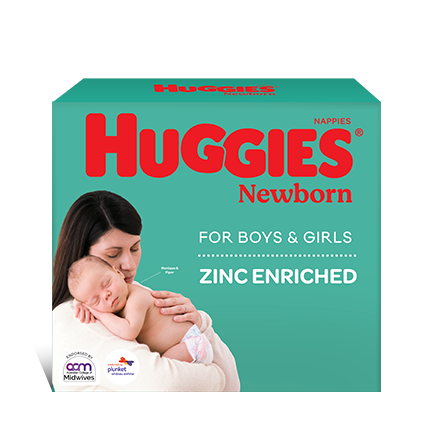Over 12 percent of Australian couples of reproductive age are affected by infertility and in around 40 percent of cases, it’s because of a problem with female fertility.
The medical definition of infertility refers to the inability of a couple to fall pregnant after one year of unprotected intercourse – and in most cases does not mean that you are unable to have children. In fact, with recent advances in medical technology, the vast majority of couples who have fertility problems will be able to have children thanks to assisted reproductive technologies.
The basics of female fertility
The most common causes of female fertility problems involve a failure to ovulate, irregularities with the uterus or fallopian tubes or common disorders such as endometriosis.
The female fertility cycle is a bio-feedback cycle which involves the co-ordination of a variety of glands and hormones.
The female fertility cycle or menstrual cycle usually starts when hormones released from the pituitary gland trigger your uterus to shed the extra padding it has built up on its lining – so the cycle starts with the first day of menstruation.
As these hormone levels rise, your ovaries start to grow follicles. Usually one (and sometimes two) follicles will mature to the point of releasing an egg which travels to the fallopian tube to await fertilisation.
At this point, hormone levels change again and after around 14 days, if the egg has not been fertilised, falling hormone levels trigger the pituitary gland trigger a repeat of the whole female fertility cycle again.
Female Fertility problems: causes and treatment
One of the most common causes of female fertility problems is an ovulation disorder. These are often treatable.
The most common hormonal disorder is polycystic ovary syndrome (PCOS), which is thought to affect up to 12 percent of Australian women.
PCOS can involve low fertility (with follicles failing to develop), acne, as well as excess body and facial hair, irregular menstrual periods, weight gain and insulin resistance. Measures to control PCOS include following a low-GI diet and other lifestyle controls as well as drug treatment to reduce insulin resistance. Many PCOS sufferers successfully conceive through assisted reproductive technology treatment including IVF.
Aging is another very common cause for low female fertility, with a woman aged forty or over having just a five percent chance of pregnancy in any one menstrual cycle, probably because eggs become less viable as a woman ages.
Another common cause of female fertility problems is blockage or scarring in the fallopian tube, which may prevent the egg meeting with the sperm and becoming fertilised.
Endometriosis is another common cause of female fertility problems, with around 30 to 40 percent of infertile women thought to have endometriosis. This disorder ranges from mild to severe and involves the migration of endometrial cells (from the uterine lining) to other locations in the abdomen. Endometriosis can cause pelvic scarring, ovarian cysts, tube blockages and even ovarian damage.
Treatment of infertility associated with endometriosis varies with each case, however many women with this condition have fallen pregnant naturally, with or without associated surgical or drug treatment, while others have become pregnant with IVF or other assisted reproductive technologies.
Female Fertility diet
Because female fertility is strongly affected by ageing, it is also thought to be very much influenced by the ‘internal’ age of your body thanks to lifestyle factors.
Female fertility has been proven to be negatively affected by smoking, by alcohol consumption and by caffeine consumption and also by eating foods high in trans-fats (which is basically all fried fast food and many pastries).
A general healthy diet that is rich in unprocessed foods such as fruit and vegetables (organic where possible), low-fat dairy and proteins, whole grains, legumes and nuts and seeds, is likely to raise female fertility .
Physical exercise which raises the heart rate to recommended levels, performed at least three times a week for a minimum of 30 minutes will also raise female fertility.
By Fran Molloy, journalist and mum of four
Last Published* May, 2024
*Please note that the published date may not be the same as the date that the content was created and that information above may have changed since.





















